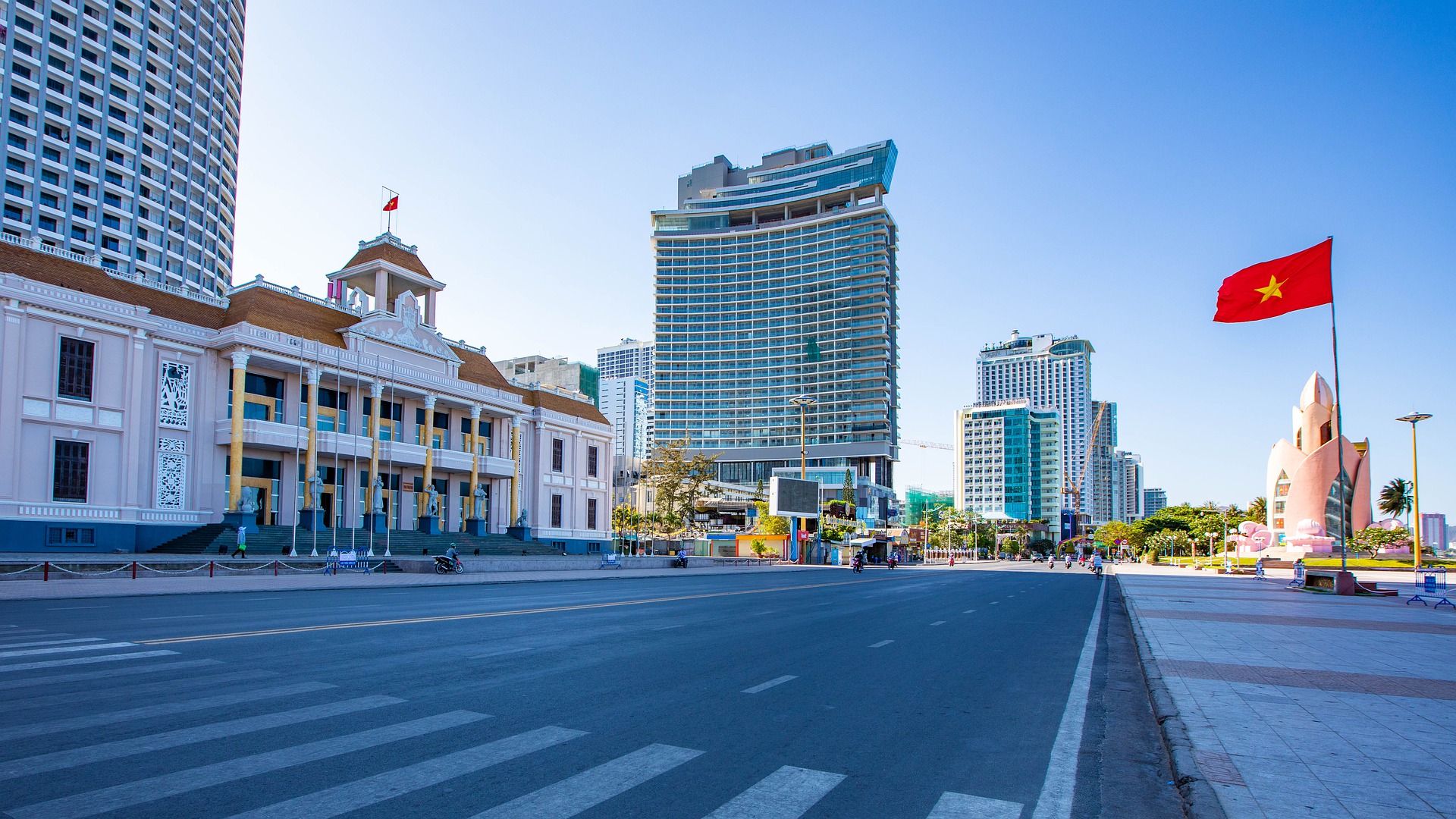Coping with the COVID-19 Pandemic in Vietnam
Vietnam recorded the country’s first COVID-19 cases on January 23, 2020. As of April 27, 2020, there were 270 confirmed cases.
A regularly updated dataset on cases of COVID-19 in Vietnam with an interactive map by ODV based on the Ministry of Health data can be found here.
Testing is being conducted by the government and forms part of the country’s response.
Data on the location of centers for COVID-19 testing and prevention and control stations in major cities in Vietnam can be found here.
Legislative response
The Government of Vietnam’s COVID-19 response has involved a series of initiatives from the central to the local level since late January 2020. Increasingly stringent lockdown measures have been implemented through law in two main phases, beginning January 25, 2020. Measures include closures of schools and non-essential business, restrictions on domestic and international travel, and other social distancing measures. Measures also vary by province.
A regularly updated dataset of legal documents related to Covid-19, recorded by ODV, can be found here.

Nha Trang tourist attraction city – empty street. Picture taken by huynetsoft. Licence given by Pixabay.
Economic impact
Like all other countries, Vietnam has suffered economic losses related to this pandemic, despite being one of Asia’s fastest-growing economies in recent years. Since its economy is largely dependent on exports and the global value chain. Vietnam has announced relief packages for companies, SMEs, and individuals. See data on these packages and how to access them here. See economic data here.
Social impact
COVID-19 has already amplified some societal challenges, including in regard to livelihoods, poverty, food insecurity, and discrimination. A combination of factors including economic development-driven changes to the environment, climate change, and pre-existing inequalities means that migrants, informal workers, women, and other marginalized populations will be the hardest hit. The government has announced relief for vulnerable populations, including cash transfers and utility discounts. Private and grassroots initiatives have also arisen.
See data on these packages and initiatives (such as locations of Rice ATMs and Zero VND supermarket) and how to access them here. See data and information on social impacts, including discriminatory behavior, here.

A woman labour. Picture taken by Thomas Gerlach. Licensed given by Pixabay.
Environmental impact
COVID-19 has had both positive and negative impacts on the environment. In some cases, temporary positive changes have been seen, such as with regard to improved air quality and reduced emissions. On the other hand, a shift in priorities means that pre-existing issues such as extraordinarily severe drought have not been paid proper attention. It means that food insecurity has risen sharply for vulnerable groups typically rendered invisible in policies and relief.
See data on the environment and other development issues here.

